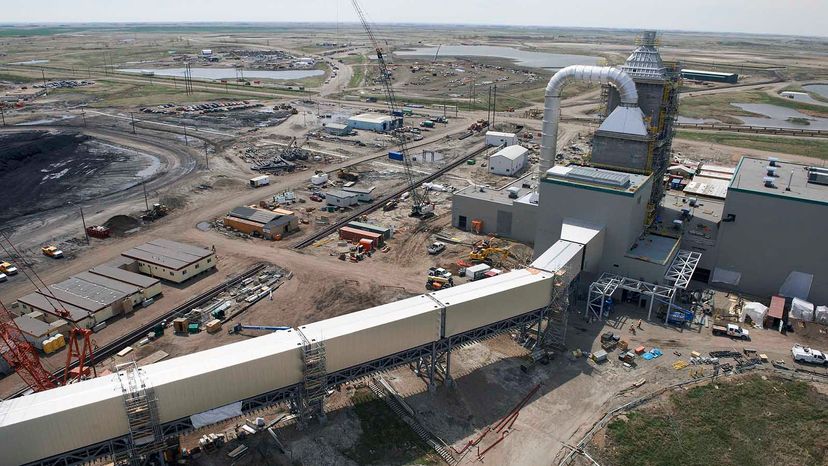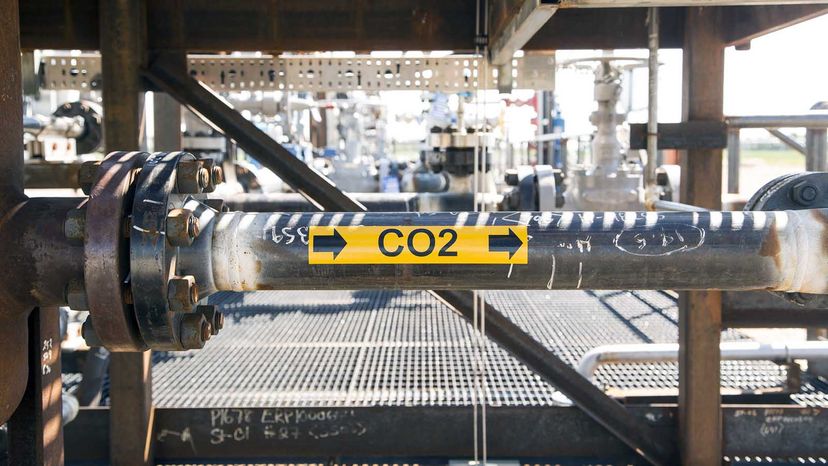Carbon Capture: Transforming Our Approach to Climate Change
Carbon Capture:
Transforming Our Approach to Climate Change
In the ongoing battle against climate change, carbon capture technology is emerging as a critical player. While renewable energy sources like wind and solar are essential, they alone cannot address all the excess carbon dioxide (CO2) already in our atmosphere. This blog explores the groundbreaking field of carbon capture, its potential to transform our environmental impact, and why it’s an essential component of our strategy to combat climate change.
What is Carbon Capture?
Carbon capture, utilization, and storage (CCUS) refers to the process of capturing carbon dioxide emissions from sources like power plants and industrial processes before they enter the atmosphere. The captured CO2 can either be stored underground in geological formations or repurposed for various industrial uses.
Credits:science.howstuffworks.comWhy Carbon Capture Matters
Despite significant advances in renewable energy, many industries still rely heavily on fossil fuels. Sectors such as cement, steel, and chemical production are particularly challenging to decarbonize. Carbon capture provides a viable solution by directly addressing emissions from these hard-to-abate sectors.
Additionally, carbon capture can mitigate the impact of existing CO2 in the atmosphere. With atmospheric CO2 levels continuing to rise, technologies that can remove and store or repurpose CO2 are becoming increasingly important.
The Science Behind Carbon Capture
The carbon capture process generally involves three main steps:
1. Capture: CO2 is separated from other gases produced by industrial processes. This can be done using various methods, including pre-combustion capture, post-combustion capture, and oxy-fuel combustion.
2. Transport: Once captured, CO2 is compressed and transported via pipelines, ships, or other methods to storage or utilization sites.
3. Storage or Utilization: The final step involves either storing the CO2 in underground geological formations or utilizing it in various industrial applications, such as enhanced oil recovery or in the production of materials like plastics and concrete.
credits:stock.adobe.comInnovations in Carbon Capture
The field of carbon capture is rapidly evolving, with numerous innovative approaches being developed:
1. Direct Air Capture (DAC): Unlike traditional carbon capture methods that target point sources of emissions, DAC technology captures CO2 directly from the ambient air. Companies like Climeworks and Carbon Engineering are at the forefront of this technology, developing systems that can be scaled up to significantly reduce atmospheric CO2 levels.
2. Carbon Mineralization: This process involves converting captured CO2 into stable minerals like carbonates. Companies such as Carbfix are pioneering this approach, which not only stores CO2 but also helps to mitigate the risk of leaks from storage sites.
3.Bioenergy with Carbon Capture and Storage (BECCS): BECCS combines bioenergy production with carbon capture. Plants absorb CO2 as they grow, which is then captured and stored during bioenergy production, resulting in a net negative carbon footprint.
The Economic and Environmental Benefits
1.Reducing Greenhouse Gas Emissions: By capturing and storing or repurposing CO2, carbon capture technologies can significantly reduce greenhouse gas emissions, helping to meet global climate targets.
2.Creating Economic Opportunities: The carbon capture industry has the potential to create new jobs and stimulate economic growth. Developing and deploying these technologies can lead to advancements in engineering, construction, and other sectors.
3.Enhancing Energy Security: Carbon capture can enable the continued use of fossil fuels with reduced environmental impact, providing a transitional solution while renewable energy capacity is scaled up.
Challenges and Future Directions
While carbon capture technology holds great promise, it also faces several challenges:
1.High Costs: The cost of capturing and storing CO2 can be prohibitively high, though ongoing research and technological advancements are helping to reduce these costs.
2.Infrastructure Requirements: Developing the infrastructure needed for CO2 transport and storage is a significant undertaking, requiring substantial investment and coordination.
3.Public Perception: Public acceptance of carbon capture technology is crucial. Transparent communication about its benefits and safety is essential to gain widespread support.
Despite these challenges, the potential benefits of carbon capture make it a vital component of our climate strategy. Continued investment in research, development, and deployment of carbon capture technologies is essential to realize their full potential.
Credits:science.howstuffworks.comConclusion
Carbon capture represents a transformative approach to managing our carbon footprint and mitigating the impacts of climate change. By addressing emissions from hard-to-abate sectors and removing existing CO2 from the atmosphere, carbon capture technology offers a path toward a more sustainable future. As we continue to innovate and invest in this critical field, we move closer to achieving our climate goals and safeguarding the planet for future generations.





Comments
Post a Comment